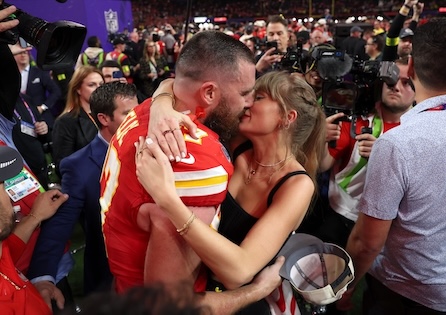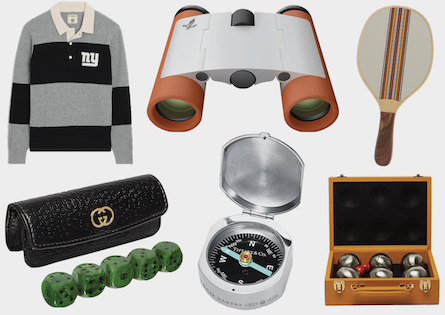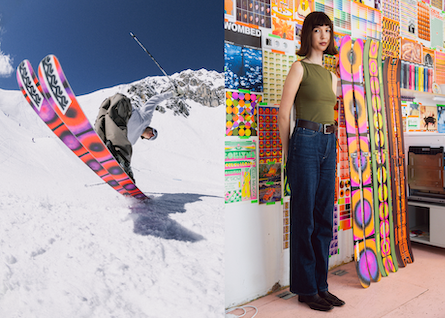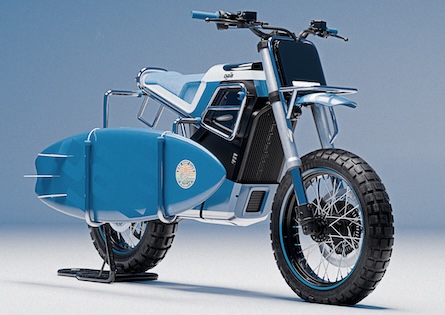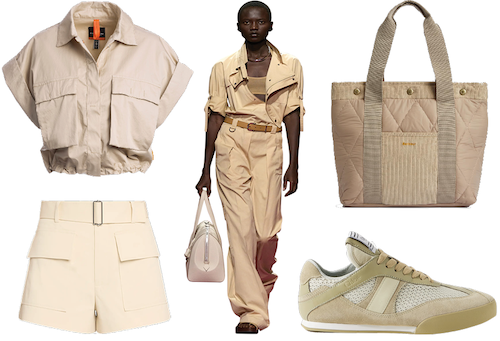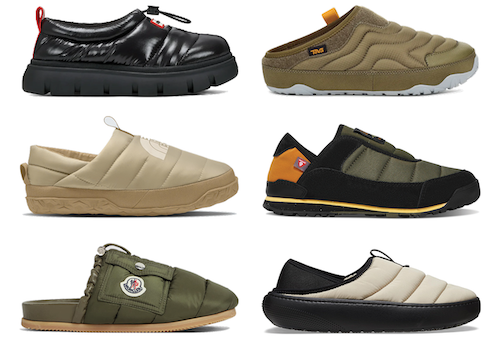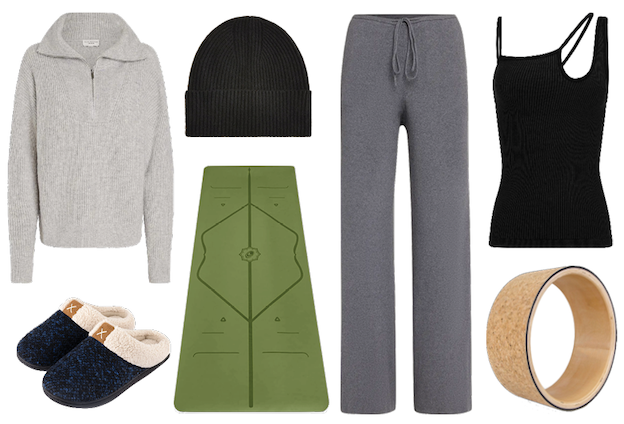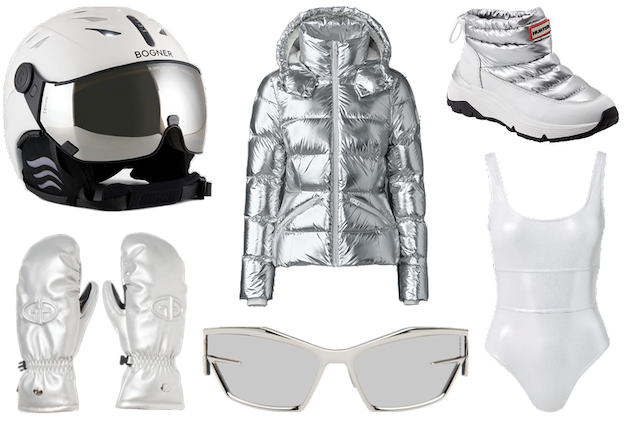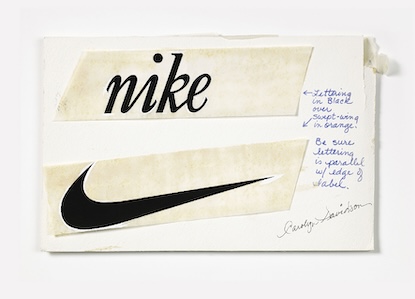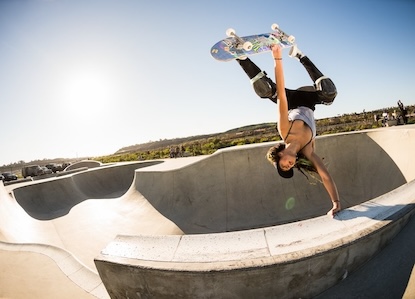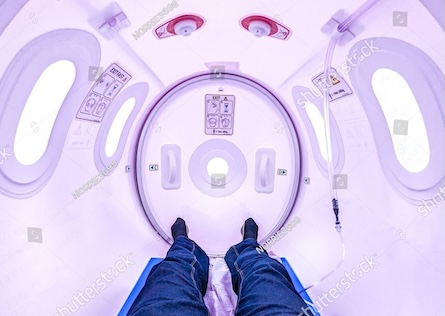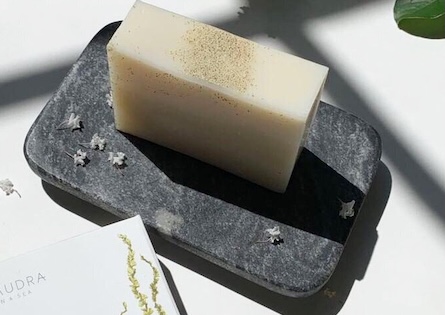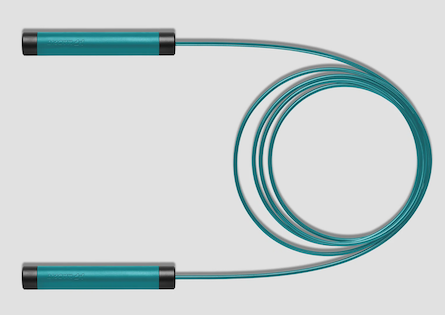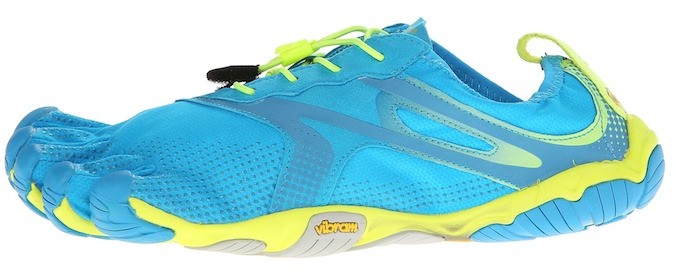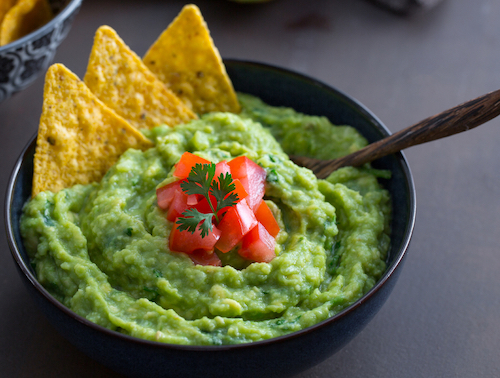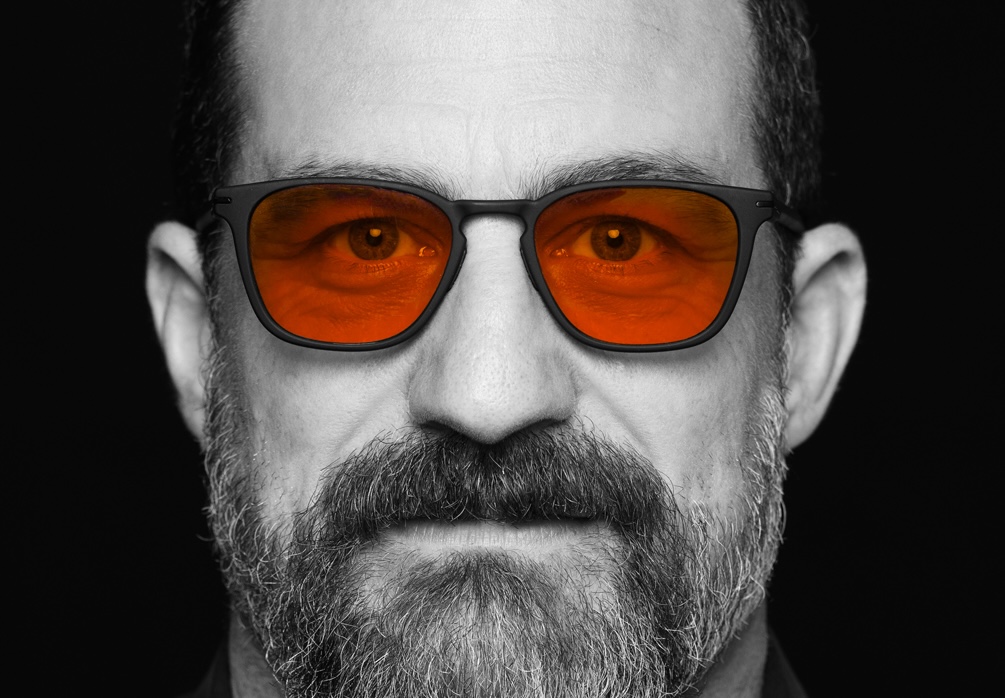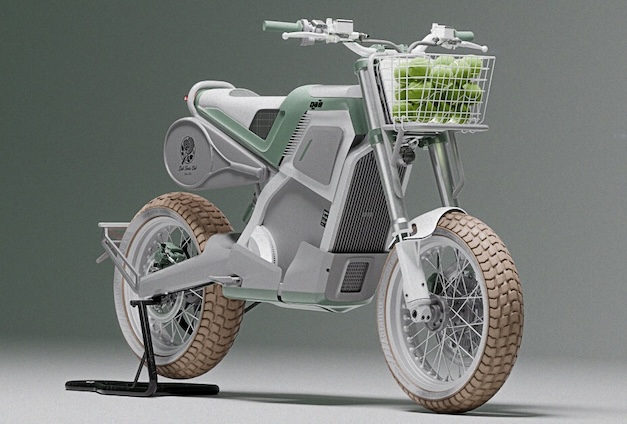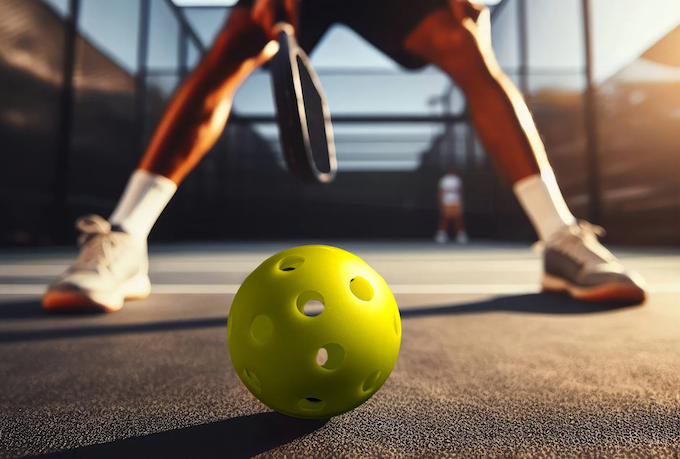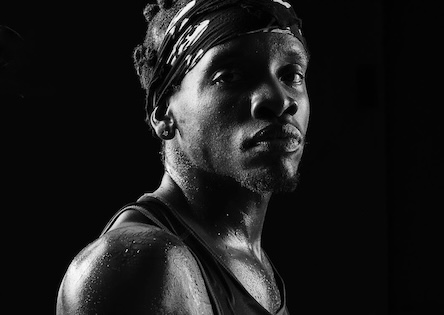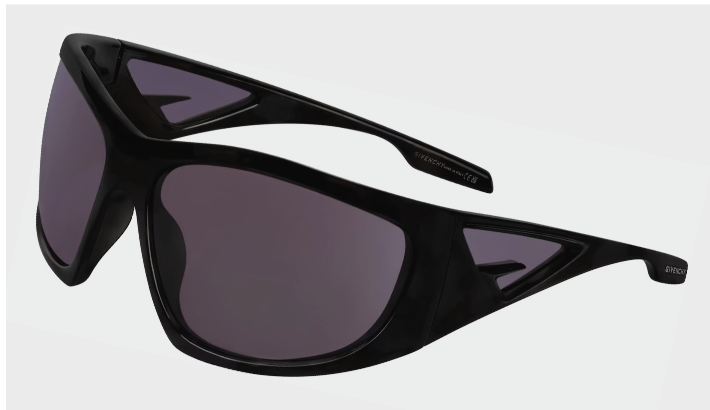VIBRAM FIVE FINGERS
HOW DID WE GO FROM THIS?
HOKA CONQUEST
TO THIS?
A few years ago a revolution occurred and the majority of recreational runners were informed they were running incorrectly. Because we were wearing traditional cushioned running shoes with an elevated heel, we were not using our feet the way they were anatomically designed to move. We should be running barefoot or in the most minimal footwear, using the ball of our foot as a shock absorber, not all that soft and sqooshy Nike Air. We were told that all of us heel strikers were headed for disaster and that forefoot running was the only way to prevent injuries. Well fast forward a few years and lots of injuries later, here we are on the opposite end of the spectrum, in the era of maximal running.
Whether it’s the promise of the perfect golf drive with a bigger club, quicker times in the pool with a full body swimsuit, or a more powerful swing with an oversized tennis racquet, all athletes, both recreational and professional, are looking for that edge to make them better, faster, stronger. The sports industry loves a trend they can market and sell. Call it “performance enhancing gear” — the equipment equivalent of steroids that’s not cheating.
When Christopher McDougall’s book Born to Run was published a few years ago, that celebrated the indigenous Mexican tribesmen who could run ultra-long distances without shoes and seemingly without injury, the response was sign me up! The book launched a craze to run barefoot or in the most minimal shoe possible, and a footwear vertical was born. Vibram FiveFingers led the way, and New Balance, Saucony and Brooks soon followed with minimalist designs, eager to capture the urban version of the superathletes in McDougall’s book. But in order NOT to get injured running in this minimalist footwear, you had to be a forefoot runner or change your style… not so easy if you’d spent your running life as a heel striker. Everyone also forgot that most us ran on pavement, not the more forgiving dirt trails of Mexico.
We learned three things in this adventure. First, the minimalist approach worked for runners who naturally landed on their forefoot. Second, if you were a heelstriker, you would likely get injured using a minimal running shoe. And third, it probably wasn’t the minimal sole that was the secret of the running legacy of the Tarahumara Indians, but the flat shoe drop, i.e. the difference in height of the sole between heel and toe. As these lessons became better known in the marketplace, sales of the minimalist shoes declined, and it appeared that the answer to all your running problems was nothing more than a fad.
But now the pendulum is swinging back to the other extreme—shoes with oversized soles designed to cushion the foot even more than traditional shoes, but that also have a relatively flat shoe drop. Think big-soled Earth Shoes, or the “Walk Your Way to Fitness” sneakers like MBTs or Skechers Shape-ups that are marketed to moms and the like, looking for tighter abs and glutes through walking. But this new breed of running shoe is targeted to serious runners. The Hoka Conquest, Vasque Shifter Ultra, and Altra Olympus, among others, cater to those who want the flat drop of the minimal shoe (Altra has a zero drop) with the comfort of a mountain bike’s balloon tires (Hokas have the beefiest base, up to 35mm on some models).
We would never want to dissuade anyone interested in trying out something new—there are always new products in athletics that are truly revolutionary, like fat skis and oversize golf clubs—but don’t expect any miracles from maximalist shoes. Our friend Jerry Macari, elite runner and owner of running club and retail store Urban Athletics, won’t even carry them, just like he did not carry the minimalist shoes. “As I’ve learned in my 30 years in this business, it all usually comes back to the center. People should look for light shoes with a modicum of good cushioning, the rest is just bells and whistles. The maximalist shoes are biomechanically awkward so I’ll go out on a limb and say 18 more months and they are done. Don’t buy too much inventory.”
As for the great debate between whether to heel or toe strike, New York Times columnist Gretchen Reynolds wrote a great piece a few months ago, Pounding Pavement by Heel or Toe, and reported, “A noteworthy new study may help to quell the squabbling, by suggesting that each style of running has advantages and drawbacks, and the right way to run almost certainly depends on what kind of runner you already are.”
As an addendum, since this post was published on April 18th, Vibram, maker of the what was the ubiquitous Five Fingers minimal running shoe, settled a class action lawsuit for $3.75 million, offering to reimburse $94 for each pair purchased on the basis of unsubstantiated claims that the shoes strengthened muscles and prevented injury.
Special thanks to forefoot runner, Jay Diamond, for his excellent reporting on this piece! From the heel striker, Claudia Lebenthal
